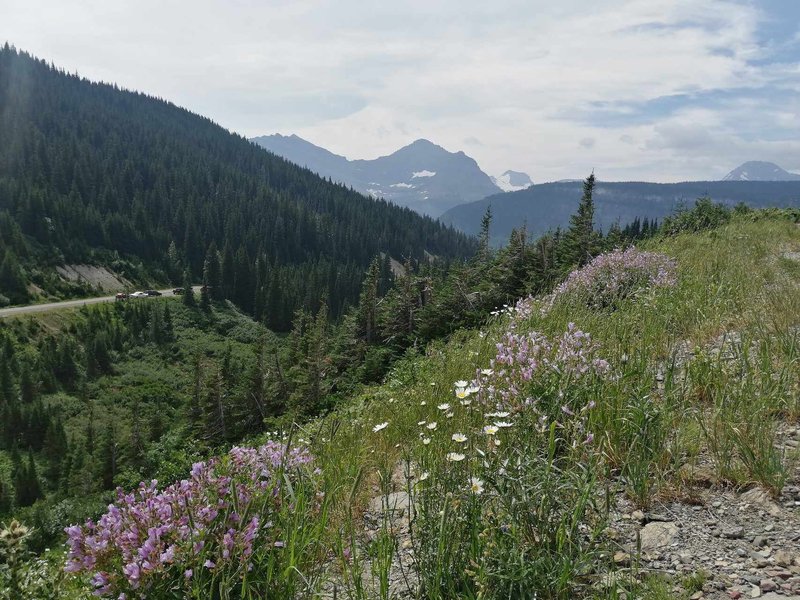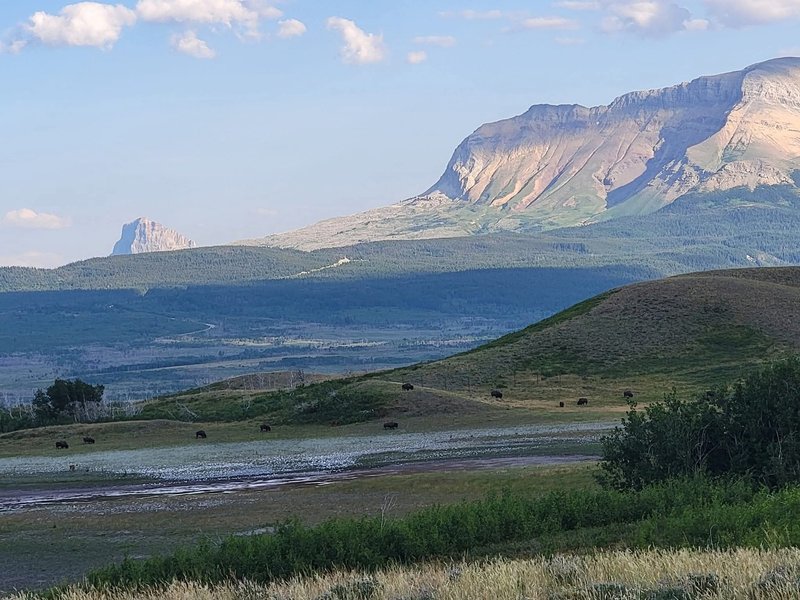
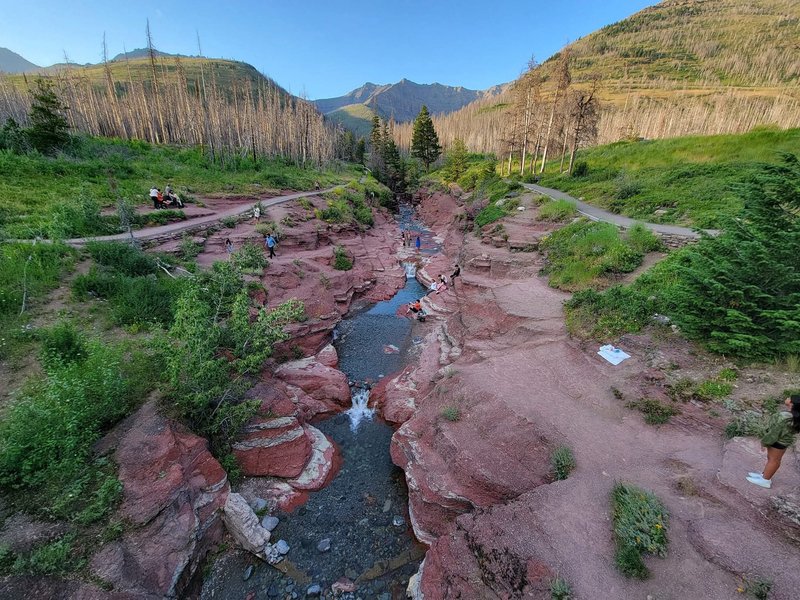
Waterton and Glacier were, by themselves, two of my favorite national parks that I visited during my July 2024 trip to North America. Together, they form a huge complex of exceptionally scenic wilderness with rich and varied ecosystems, preserving the area of the Triple Divide (of course, this is debated on, depending on whether the Hudson Bay falls under the Atlantic or Arctic Ocean; if it is considered Atlantic, the true Triple Divide is in Jasper NP). It is not just where catchment basins of oceans meet, but also the biomes of both sides of the North American Cordilleras, nowhere better visualized than in the approach to Waterton coming from Calgary, where prairie dramatically gives way to the towering Rockies. As my first sight of this international park, this already gave me the impression of significant enough difference between it and the Canadian Rockies WHS to warrant a separate inscription.
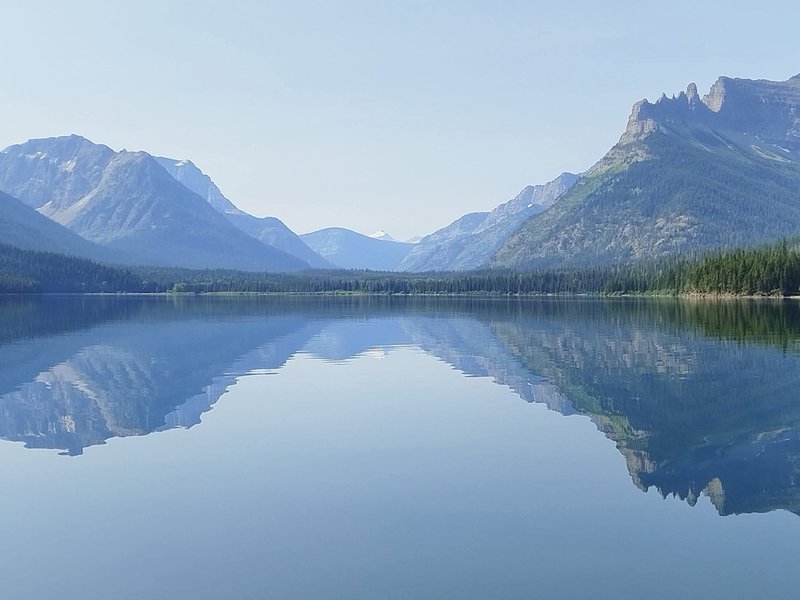
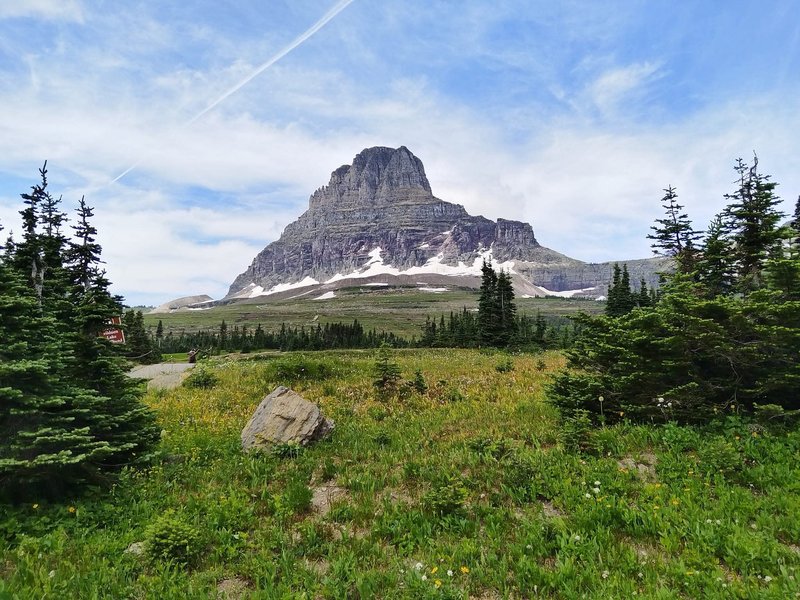
Visually, Waterton-Glacier is quite distinct and with a rather understated beauty. Noteworthy are the more prevalent iron deposits coloring the mountains various shades of reddish, all the way to the stunning Red Rock Canyon in Waterton NP, where oxidized and unoxidized iron create a stunning banding of red and green, respectively. The glacial features are extremely varied, some features wide and others dramatically rugged. This may be an unpopular opinion, but I class them on par with Yosemite. My favorite view must have been the Wild Goose Island in St. Mary, Glacier NP, and I consider it one of the best single views I saw on the trip.
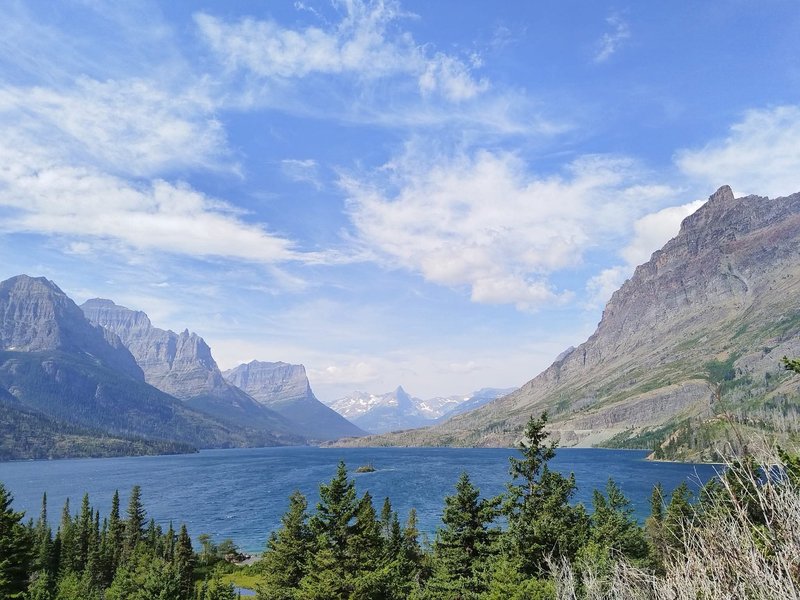
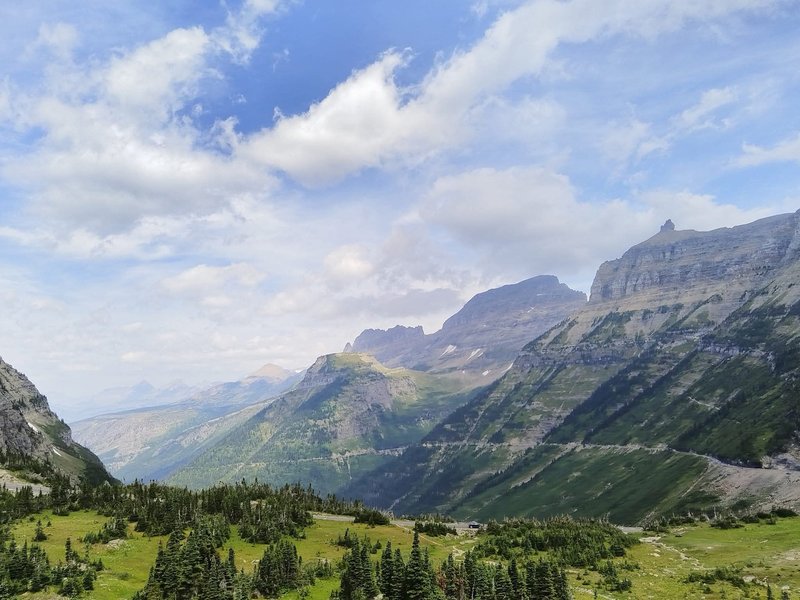
So, how to visit Waterton-Glacier? Of course, by private car, like most national parks, and depending on mobility, on foot for the hikes as well. We did Waterton first, coming straight from Banff via Head-Smashed-In, and staying a night inside the NP. There was still enough time to tour Bison Paddock and Red Rock Canyon. The richness of the wildlife also made itself evident when we found ourselves caught in a bear watch during this time as well; the Red Rock Parkway was quite good for spotting animals. Despite previously spending 5 days in the Rocky Mountain Parks, we ended up seeing our first Canadian bear here. The next day, I hiked Bear’s Hump for a panoramic view of Waterton, and then we went on the cruise across the lake to Goat Haunt, Glacier NP. This is pretty much the only way to experience the international peace park aspect here, and it’s also the best way to see the lake and its surrounding mountains, as well as possible wildlife sightings on the shore. At the time, the ecosystem was still recovering from one of the worst forest fires in its history in 2017, so this was evident in the brown and empty-looking forests for a long stretch. Later, on the USA side, we stayed the night in East Glacier before entering the Going-to-the-Sun Road from St. Mary – this is key because according to the current reservation system, only the western entrance requires online reservation, while the eastern St. Mary entrance accepts simple drive-ins. I hope they don’t remove this loophole in the future.
